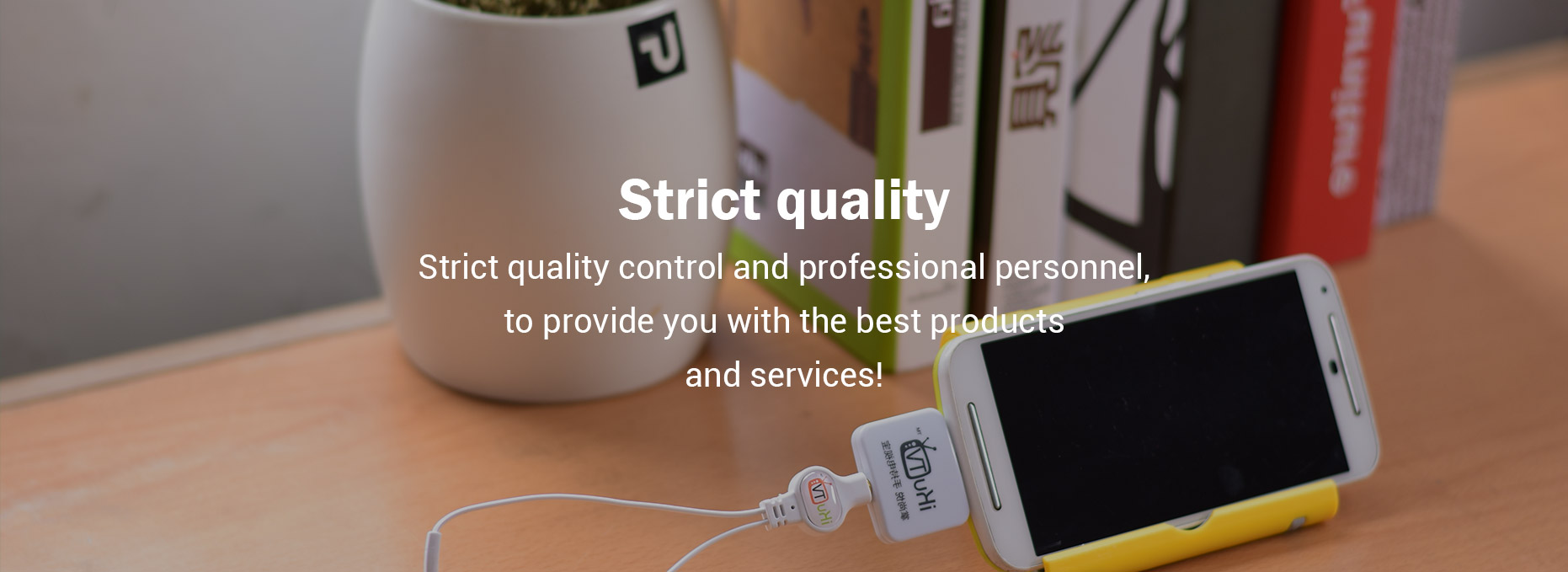Glossy Film vs. Matte Film: Which Is Best for You?
When it comes to choosing between glossy film and matte film for your photos or prints, many factors come into play. Understanding these differences can help you make the best decision for your project.
Are you interested in learning more about Glossy Film? Contact us today to secure an expert consultation!
1. What is Glossy Film?
Glossy film is a type of photographic film or paper that has a shiny and reflective finish. This surface enhances colors, making them appear vibrant and rich. The reflective quality of glossy film can also create a sense of depth in images.
2. What is Matte Film?
Matte film, on the other hand, features a non-reflective surface. This finish provides a more subdued and softer look. Matte film reduces glare and reflections, making it easier to view images under various lighting conditions. It is often favored for fine art prints and portraits.
3. What are the main differences between glossy and matte film?
Here are the key differences between the two types of film:
- Finish: Glossy film is shiny, while matte film provides a flat, non-reflective look.
- Color Saturation: Glossy film tends to enhance color saturation, resulting in more vivid images. Matte film provides a more muted color representation.
- Glare and Reflection: Glossy surfaces can cause glare and reflections, which may inhibit viewing in certain lighting. Matte surfaces minimize glare, making them more versatile in different environments.
- Durability: Glossy film can show fingerprints and scratches easily, whereas matte film is less susceptible to these issues, making it a better option for handling.
4. Which is better for photography?
The choice between glossy and matte film ultimately depends on personal preference and the intended use of the images:
- For vibrant images: If your goal is to showcase bright colors and high contrast, glossy film is likely the better option. It brings out the details and enhances image vibrancy.
- For softer tones: If you prefer a more subtle aesthetic or are working with portraits, matte film may be more suitable. It produces a softer, more timeless look.
5. How do you determine which film to use for printed projects?
To determine which type of film is best for your projects, consider the following factors:
- Type of image: Assess whether your image benefits from a glossy finish or if it would look better with a matte finish.
- Display conditions: Think about where you will display your images. If they will be viewed in bright light, matte film can reduce glare.
- Handling: If the prints will be frequently handled, matte film is often more durable and resistant to wear.
6. Can you combine both finishes?
Yes, it is possible to use a combination of glossy and matte finishes for different elements within a single project. For example, using glossy film for certain highlight areas or details while opting for a matte finish elsewhere can create interesting contrasts and focal points.
7. What are some tips for preserving each type of film?
To keep your images looking their best, follow these tips:
- Glossy Film: Store in a cool, dry place and avoid touching the surface to minimize fingerprints.
- Matte Film: Keep away from moisture and dirt. Regularly dust with a microfiber cloth to prevent dirt accumulation.
In summary, the best type of film for you depends on your specific needs and preferences. Consider the factors outlined above to make an informed choice between glossy film and matte film for your photography or printing projects.
GT New Material contains other products and information you need, so please check it out.



Comments